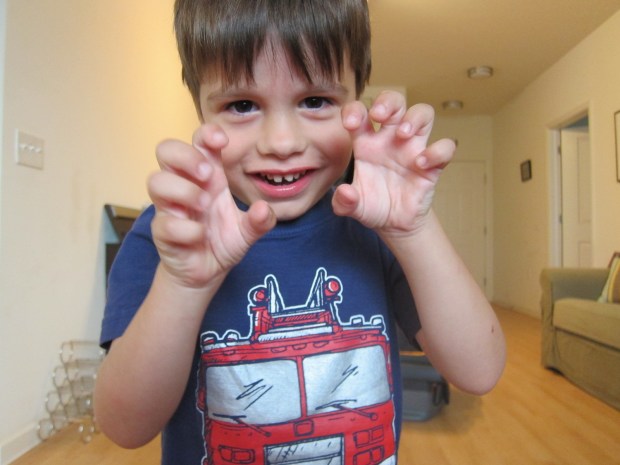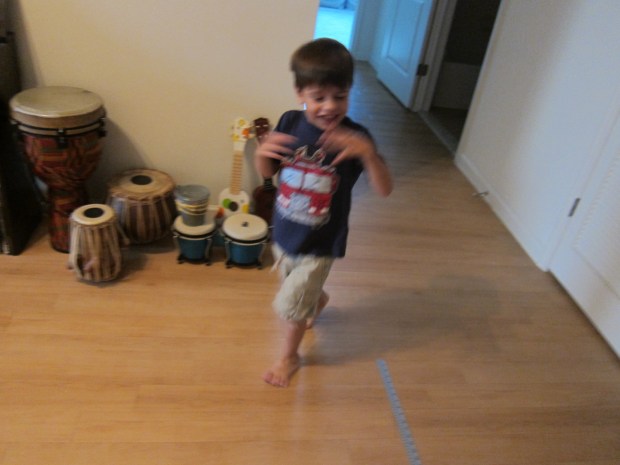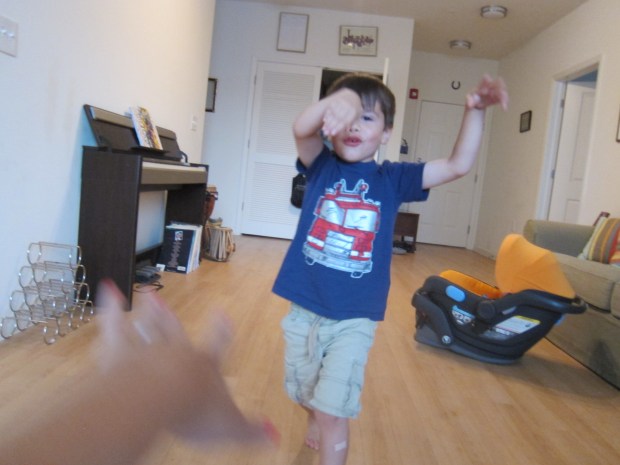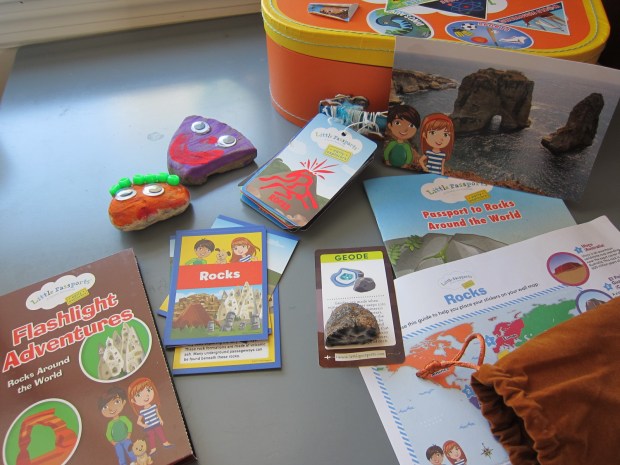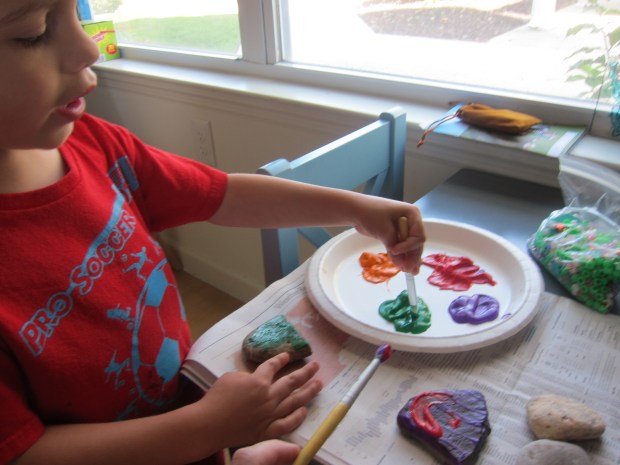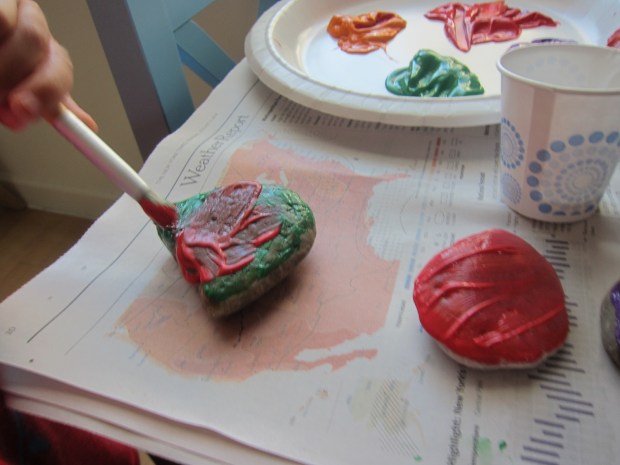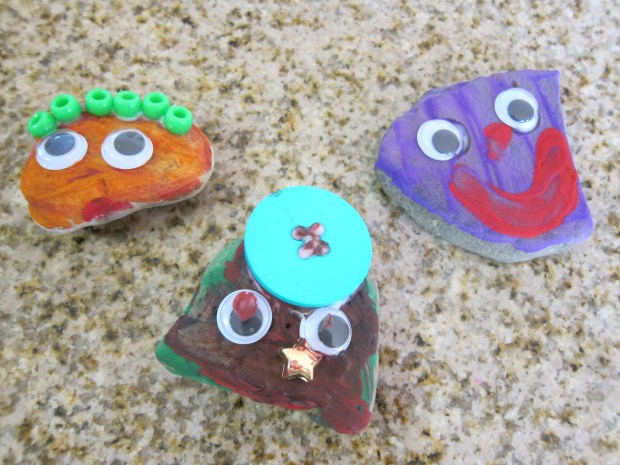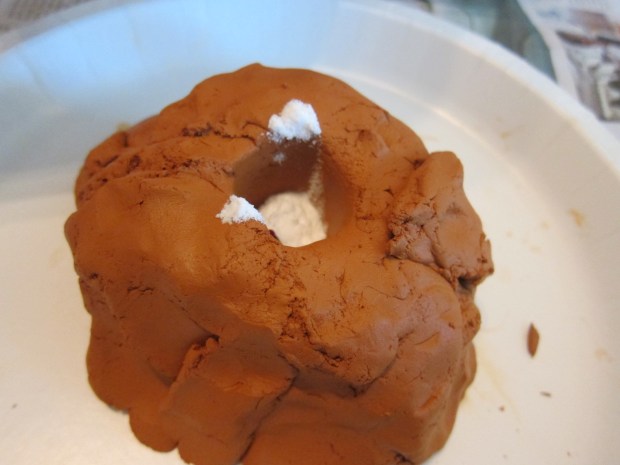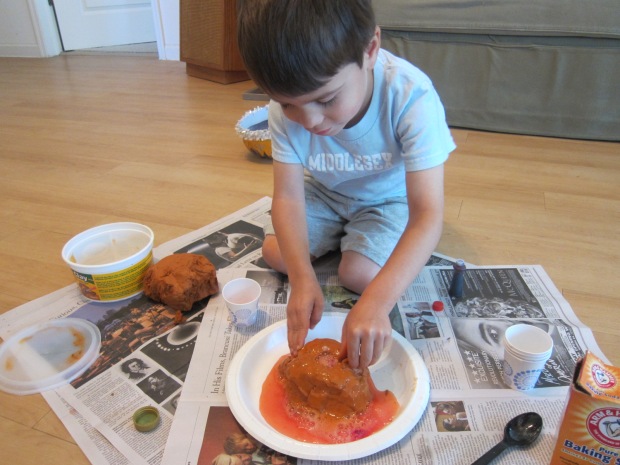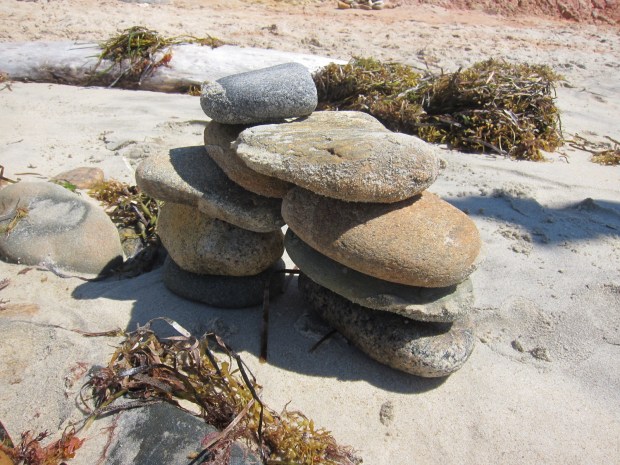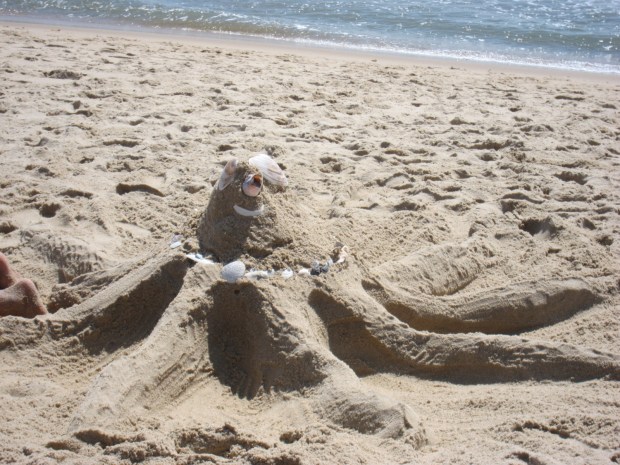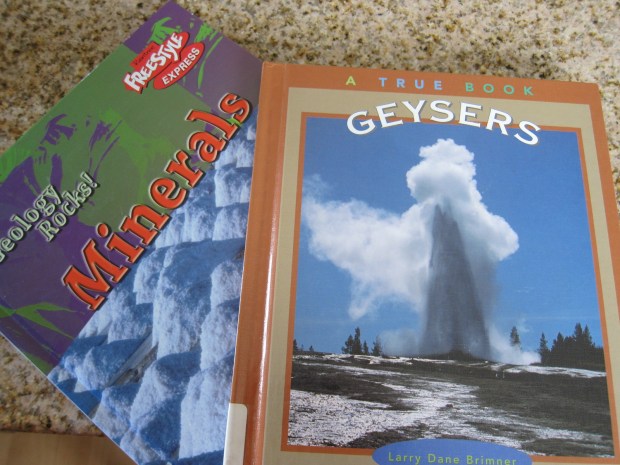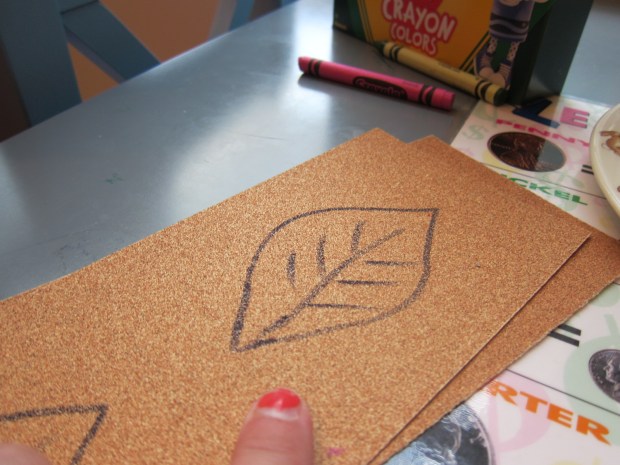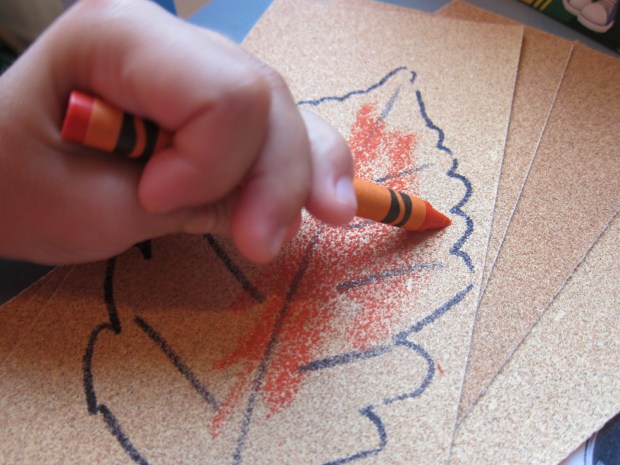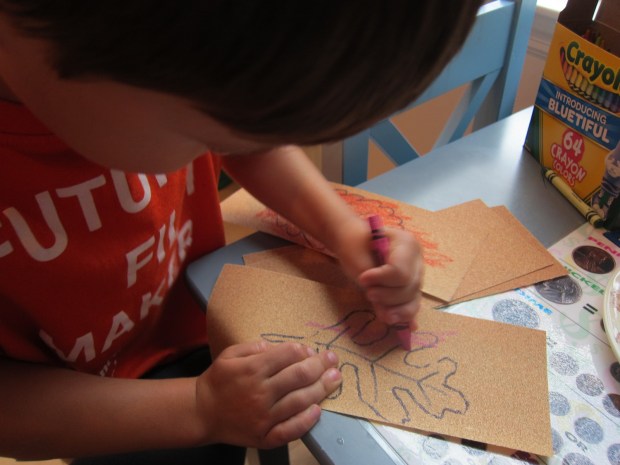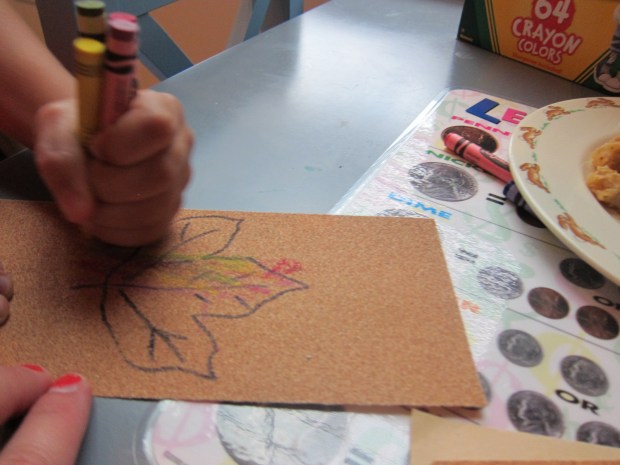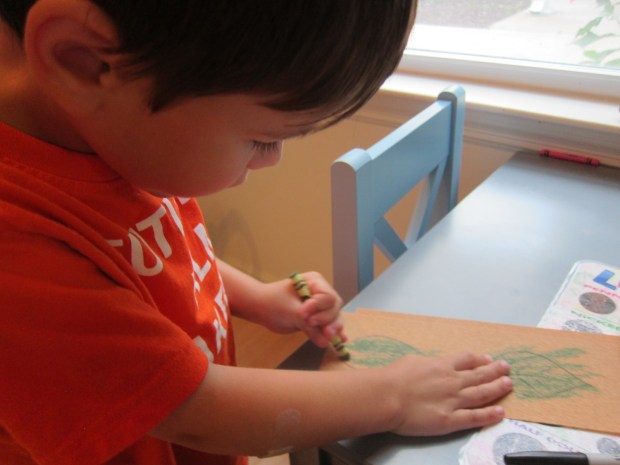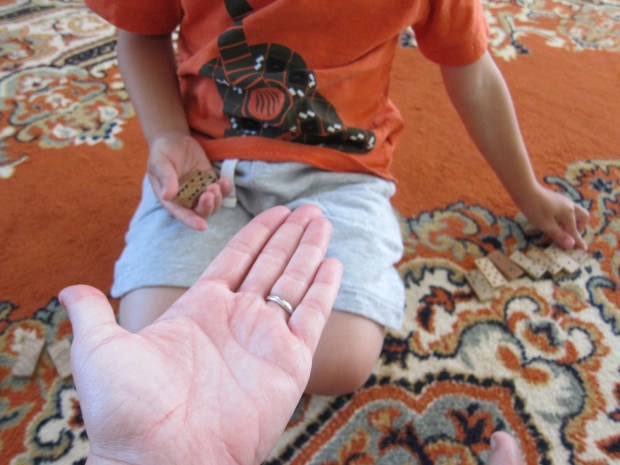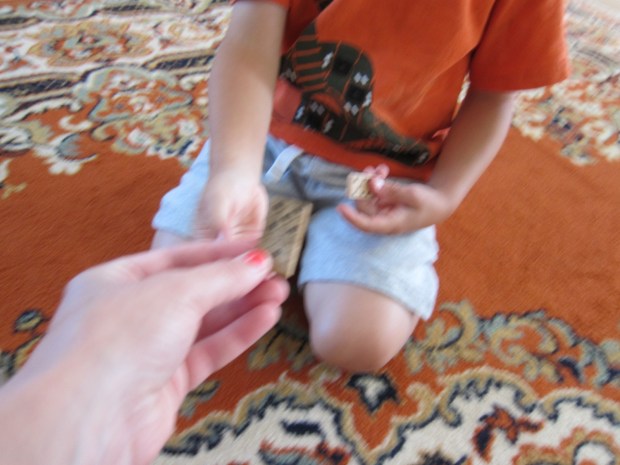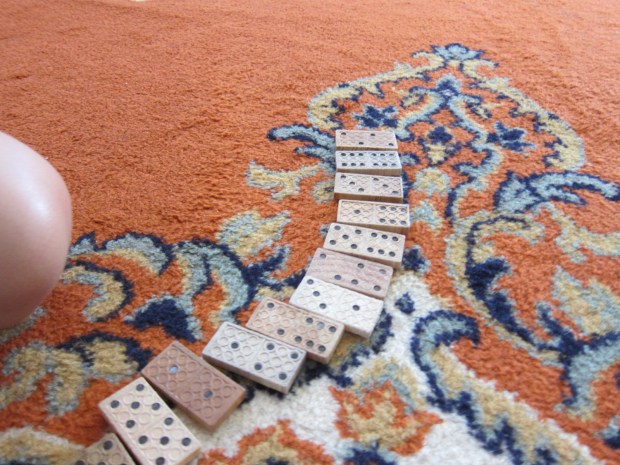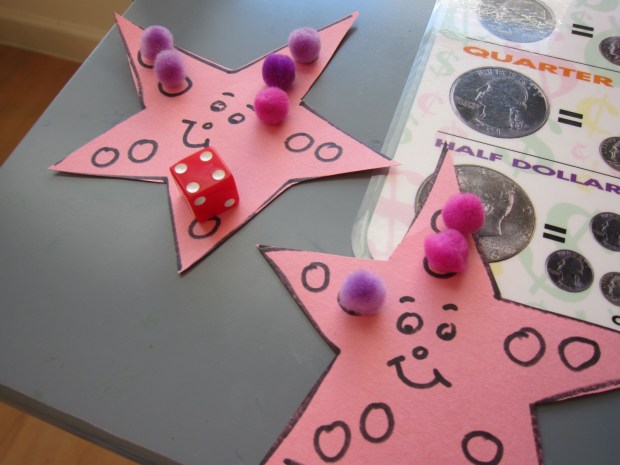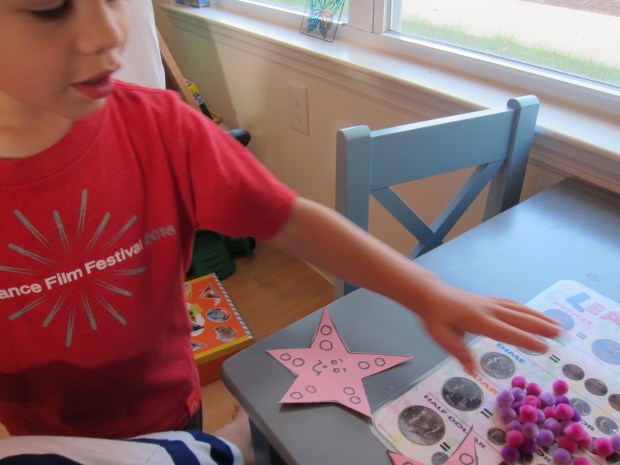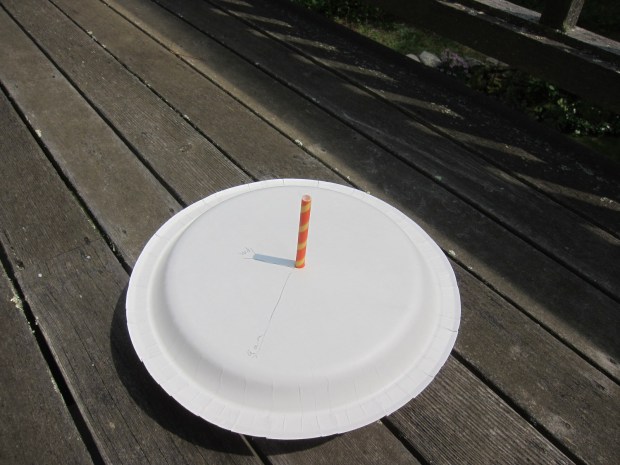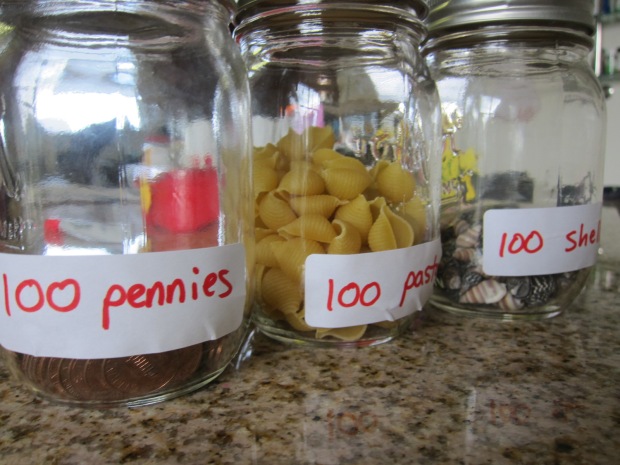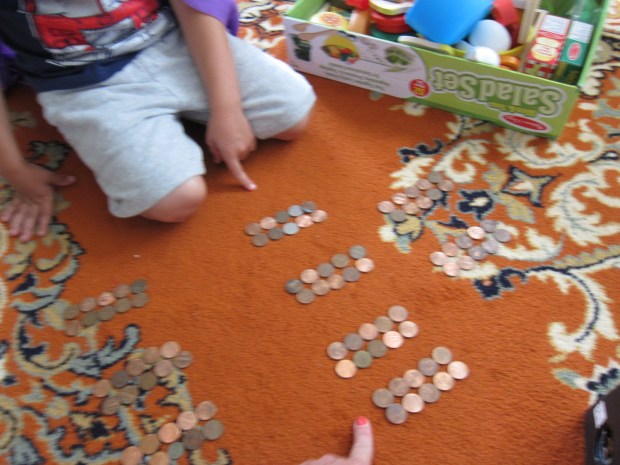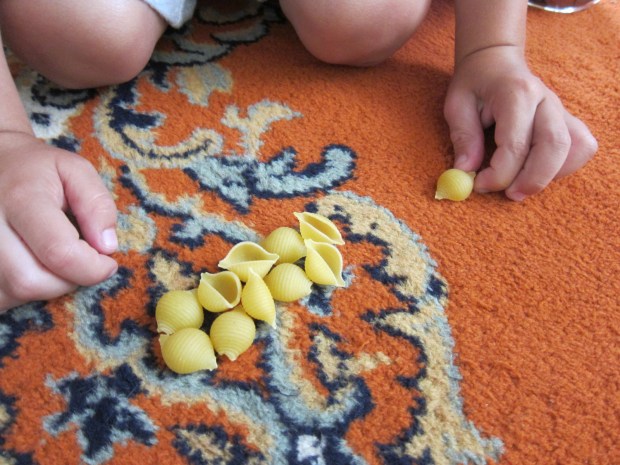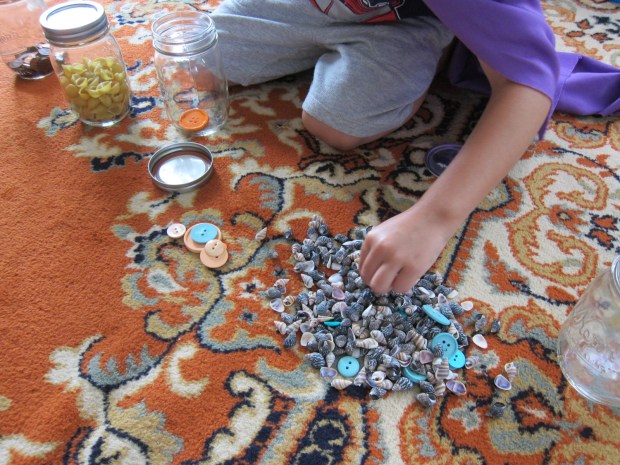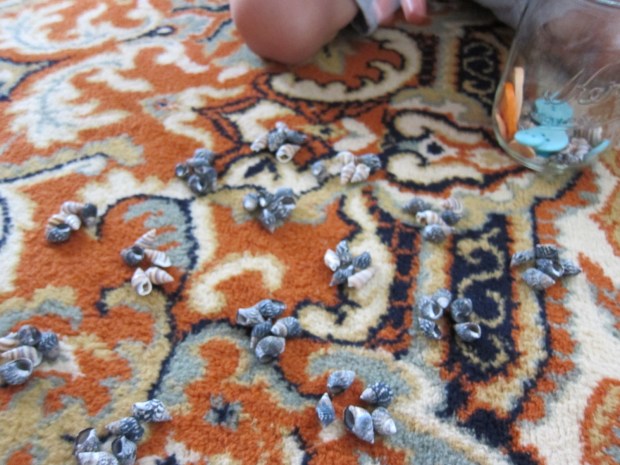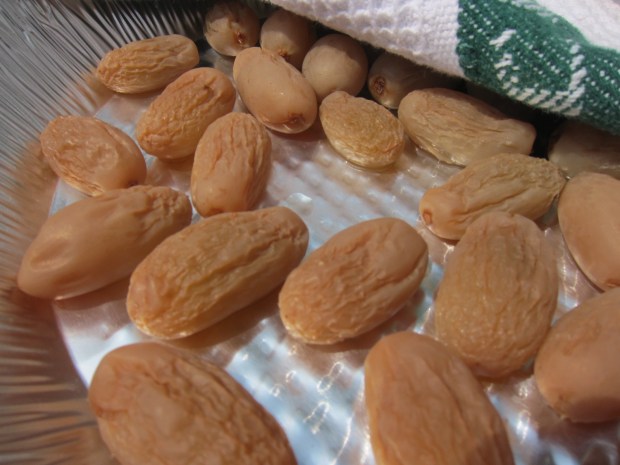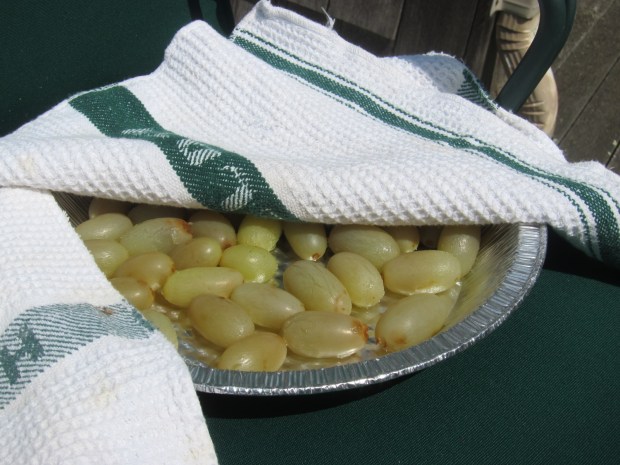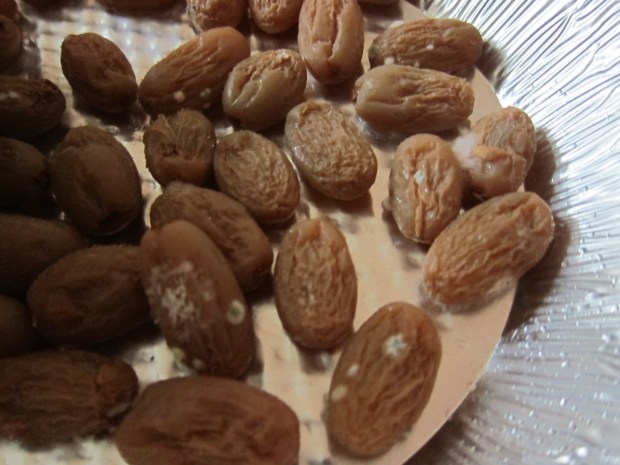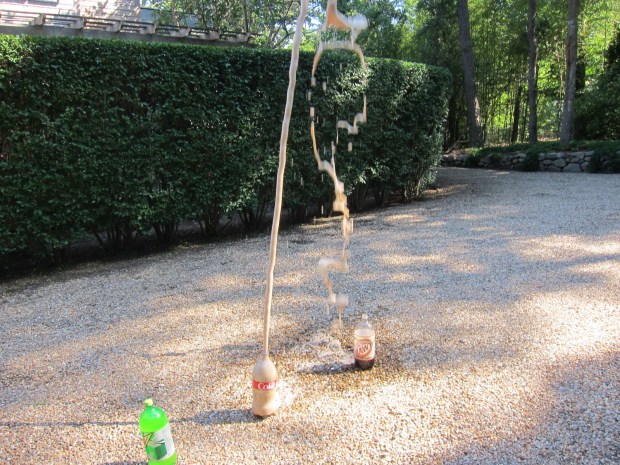
We couldn’t say farewell to summer without having a lemonade stand!
The inspiration for Travis’s first entrepreneurial venture came when we learned about Alex’s Lemonade Stand Foundation, and were inspired not just to help our neighbors on a hot day, but to send our proceeds to charity, too.
Unfortunately I could not be certain that the beneficiaries of Alex’s Lemonade Stand (in the realm of children’s cancer research) did not test on animals. To get in on the charitable act without harming any living being, I was thrilled to learn that the Children’s Oncology Group does not test on animals. We planned to send our donations to this charity, and then it was time to think about some lemon-tastic fun.
First up were a few recipes! To supplement a few bottles of store-bought lemonade, we also made this homemade version. In a blender, combine the following:
1 (5-pound) watermelon, cubed
8 ounces lemon juice
1/2 cup agave nectar
Process until smooth, then refrigerate until ready to serve.

For a Lemonade Snack Mix to go with our beverages, Travis helped prepare this mix:
- Melt 2 tablespoons Earth Balance butter with 2 tablespoons sugar in a microwave-safe bowl. Stir in 1/2 teaspoon lemon extract.
- Drizzle the butter mixture over 4 cups multi-grain cereal (such as Barbara’s multigrain spoonfuls) on a baking sheet lined with foil. Bake at 300 degrees F for 20 minutes, stirring about halfway through.
- Once the cereal mix cools, stir in 1 cup raisins and 1 cup dried cranberries.
- Heat 1 cup chocolate chips in the microwave at 20 second intervals until melted. Transfer to a zip-top plastic bag and drizzle over the cereal mix.
- Top with your favorite sprinkles (such as Let’s Do Organic). Let cool completely
- Divide the mixture into zip-top plastic bags to sell.
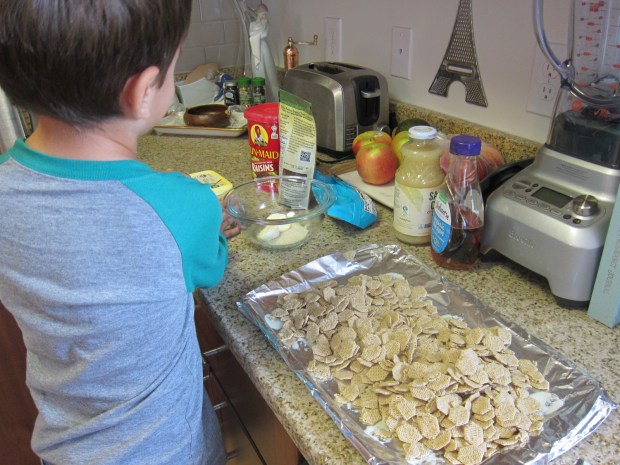
On lemonade stand day, it was set-up time! Travis helped make posters by drawing yellow “lemons” around my words.

Big kids can definitely have fun with the decorations on their posters. Be sure to post them all around the neighborhood so those who might not otherwise pass your house will have a reason to come by.

We adorned our stand with yellow crepe paper and a few yellow balloons; green construction paper “leaves” taped on the tops turn them into instant giant lemons!

Travis took to his new business with more alacrity than I would have guessed, flagging down cars and passers-by, gleefully pouring lemonade from the pitcher, and proudly asking each customers how many cups they wanted.

A couple notes for a hot day: Do try and set up your table in the shade, or your little seller will wilt fairly quickly.

Don’t be afraid to take breaks! You might miss a few customers, but especially for the youngest business-owners, their interest may lag after about half an hour. Try again in an hour or so!
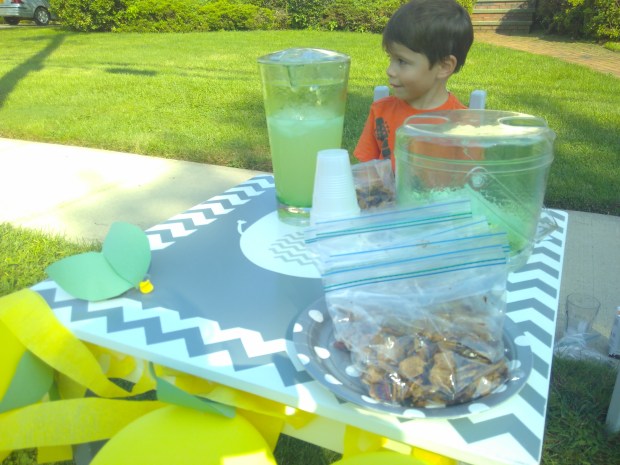
Finally, charge a small amount for each cup and snack, but be aware that folks are surprisingly generous and will often pay you more, whether simply to support a young kid’s actions, or once they learn the proceeds will go to charity.
I knew this was a hit when Travis turned to me and said, “Mom, this was a great idea. Thank you!” And now to proudly send off our donation.
